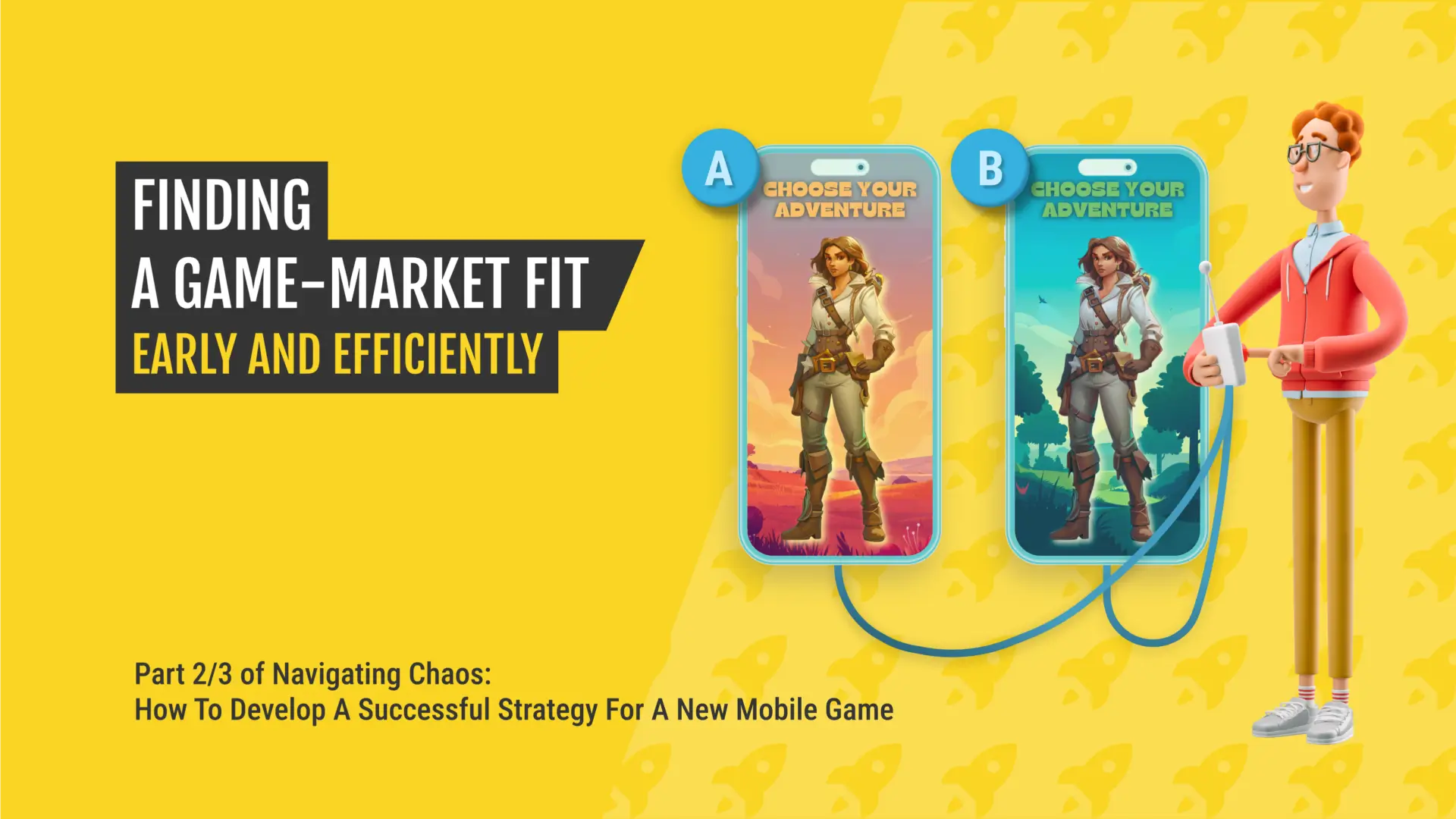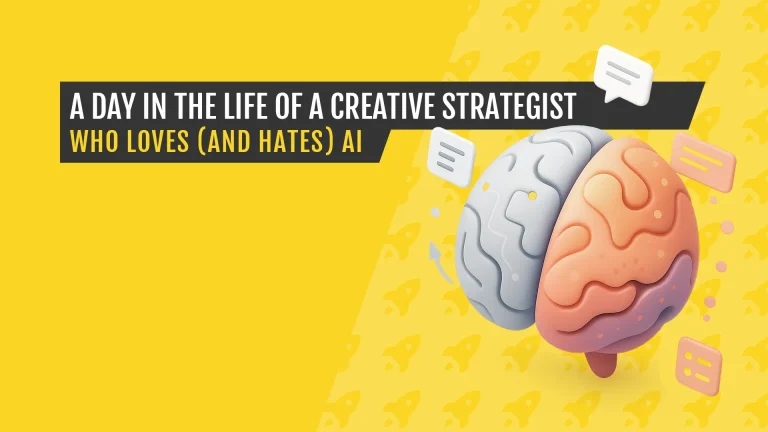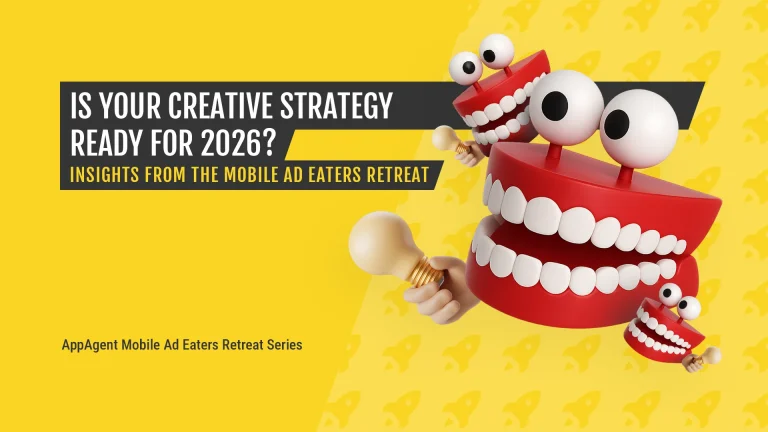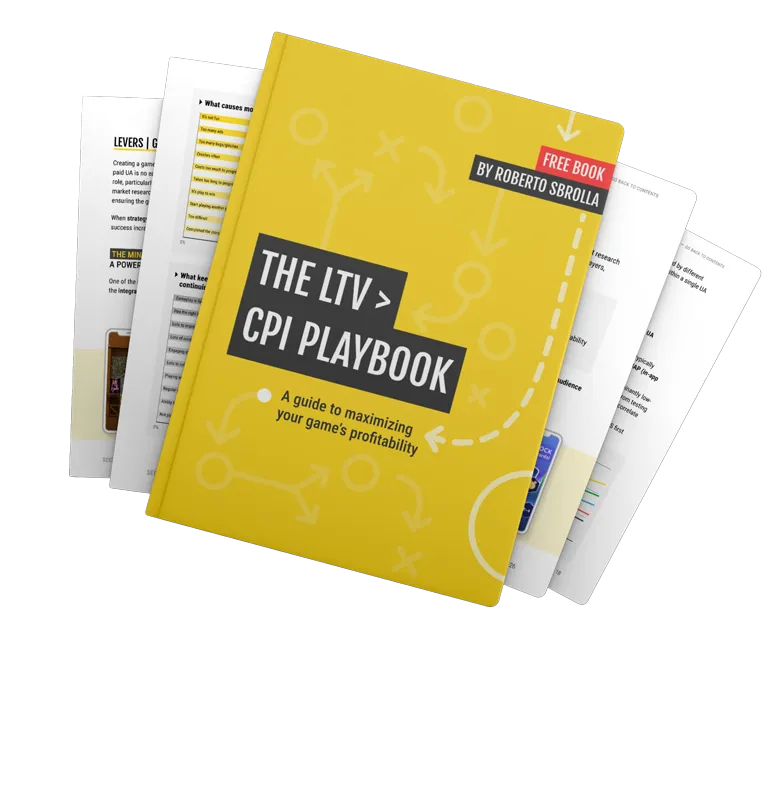Welcome to Part Two of the Navigating Chaos Series! Over the course of three articles, we’ll provide you with practical tips for developing a successful strategy for a mobile gaming studio.
Subscribe to our newsletter to be notified when the next article is published!
The first part of this article zeroes in on the critical task of identifying your audience when developing a new game; I’ll delve into the marketing, communication strategy, and the general process of finding the right appeal.
While the importance of app stores has diminished, ad networks have become the new distribution platforms. Yet, the approach to game development hasn’t adapted accordingly. Today, a robust go-to-market strategy is essential for success, it can no longer be an afterthought.
Having a Low CPI is a Superpower
If you are trying to find an audience to fit your game, you may discover that it doesn’t exist. Therefore, you should aim to create a game to fit an existing audience, and let the data guide you on what game to make.
Finding an underserved audience and determining what type of game appeals to them—casual yet with enough depth to ensure high LTV in the long term—is critical for one big reason: it helps you achieve a competitive cost per install!

I’ll emphasize this point: achieving a proven cost efficiency in user acquisition is crucial.
Matthew Emery of Turbine Games Consulting shares his insights:
“You need to solve CPI first, even before any prototyping or dev begins. To compete with incumbents in the ad auction, you need one of two things: a CPI advantage or an LTV advantage.”
While not easy, the first seems more realistic and can be established with some degree of confidence before building the product. The latter is expensive and can take years to prove, given the scope of a top-grossing game.
CPI directly mirrors market interest and consists of the following variables:
- CPM, which is defined by the market, reflects the price of the impression/audience.
- CTR indicates whether the ad—or the game itself—captures attention.
- CVR reveals whether this attention translates into genuine interest and action, such as an install.
“When working on a new prototype, we intentionally use core gameplay in ads to measure the basic appeal,” adds Ritva Eskelinen of Lightheart Entertainment, “Prototyping and refining the look are done in parallel. We test theme, art, and characters as we progress but are cautious not to invest too much before we see the game has wings to fly.”
When to Start with a Prototype and When to Use Ads that Simulate the Game?
So, should you begin with a prototype or with ads that “fake” the game, as Emery suggests? If you are developing a game with innovative core gameplay, it makes sense to begin with prototyping before conducting any market testing.
Alternatively, if your game utilizes familiar mechanics but introduces a fresh meta, a new theme, or incorporates intellectual property, you should start with ads and focus on measuring CPI first.
Here are some examples of creative directions that AppAgent explored for InnoGames‘ title, Sunrise Village.

“Despite the rising costs, UA testing is still an integral part of our development process [at Zynga]. Many big (and smaller) publishers have fake App Store accounts where they test early prototypes and measure the full funnel.
Ideally, a team would do focus groups, use tools like PlaytestCloud, do UA creative testing and pretty much everything simultaneously to increase the speed with small self-contained teams that are laser-focused on finding the next big hit,” concludes Paula Neves.
For a studio that aims to stay in the game for years (pun intended), the cycle is never-ending. Old cash cows eventually start to lose steam, and sequels to successful games don’t guarantee success due to unpredictable user acquisition.
Key Takeaways From Part Two
- Addressing CPI first is crucial for gaining an advantage.
- LTV is secondary as it requires years of development.
- Prototyping and marketability tests go hand-in-hand.
The final installment of this series will focus on developing a creative strategy for a new game. Mike Lee from Jam City will offer valuable insights on leveraging game data to fuel the ideation process.
Additionally, Mari Losonnen from Futureplay will reveal the time it takes to perfect a game’s brand.









